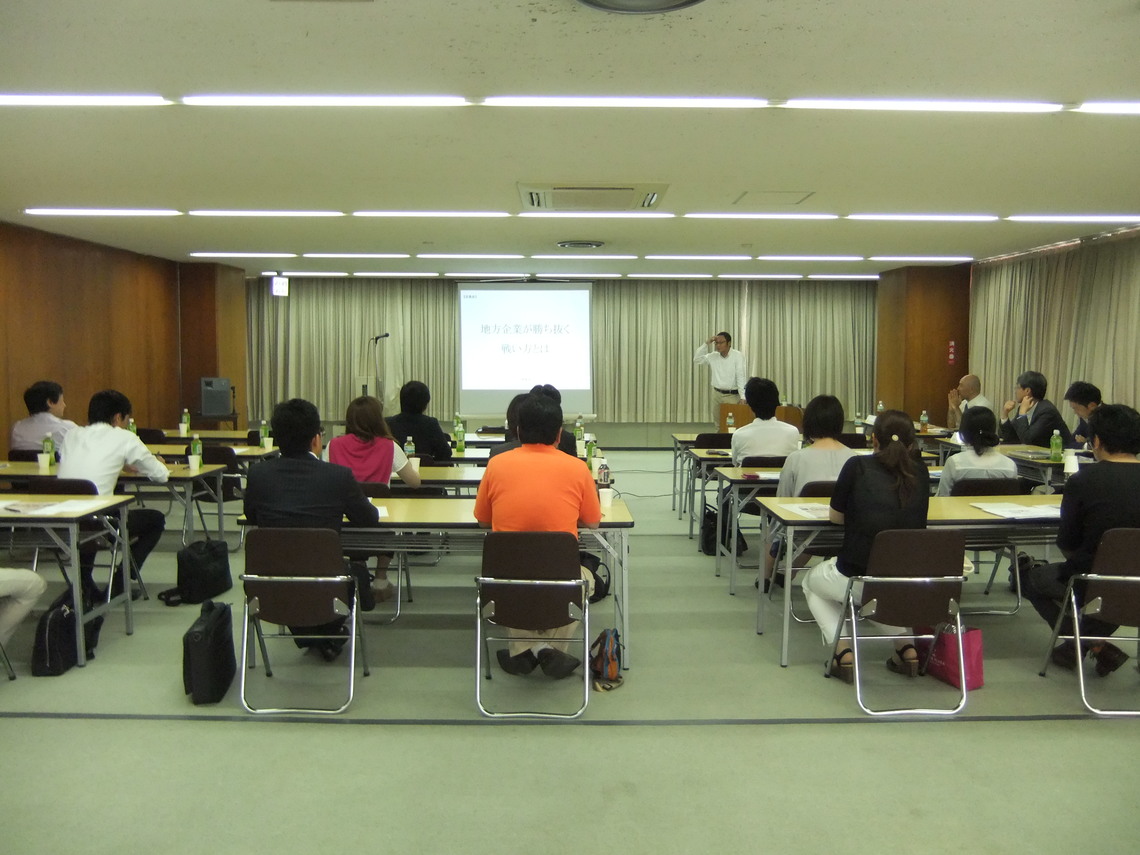This article is based on an episode from a business trip to Hiroshima at the end of July. We extend our deepest condolences to those who lost their lives in the subsequent landslides and express our sympathies to all those affected by the disaster.
***
 |
Meeting Scene
|
Thanks to introductions from Yonnana Club, which operates an online ordering site where you can find "hidden gems not yet in the news," I've recently been traveling nationwide and meeting more and more local businesses. It's a diverse group: people carrying regional cultures and traditions, those with solid production techniques, and more. Their serious sense of crisis and vigorous spirit of challenge are always inspiring. During these meetings, I often discuss "the two interactions necessary for concept (idea) development."
 |
The Two Axes of Concept Development
|
The first is the interaction between "subjective" and "objective" perspectives. In business settings, where logical and objective thinking often prevails, the key lies in how to incorporate experiential and intuitive elements into the thought process.
The other is the interaction between "vision" and "reality." Every company aims to "create sustainable profits," but that doesn't mean "anything goes" to achieve that goal. Companies have a "vision" and "basic principles." According to "Built to Last" (Jim Collins et al.), these are "fundamental values and purpose that transcend mere money-making" and "realistic idealism." Employees strive to realize this vision, but it is not easy to do so, which creates challenges and requires concepts (ideas).

In other words, it is impossible to develop concepts (ideas) without goals such as a "vision."
In reality, the "vision" and "corporate philosophy" stated in company notebooks and on websites often lack the power to drive innovation. This is because it is difficult to strike a balance between "realistic idealism" and "vision," so they often fall into the trap of being vague, safe, and merely "idealistic."
Even in such cases, it's crucial to keep thinking about how you want to contribute to society through your business activities and products. For example, consider a butcher shop proud of its expertise in selecting Wagyu beef, feeling a sense of crisis and wanting to innovate. If they say, "Well, if it's profitable, we'll do it with domestic beef, imported beef, pork, fish, insurance, Buddhist altars – anything!" that's honestly a bit of a problem. While that desperation is admirable, it's only when you have a goal like "I want to protect Japan's livestock culture" or "I want to broaden the appeal of Wagyu culture" that you can truly think about why it isn't working and then come up with that "Ah, that's the way to do it!" concept (idea) to make it happen.
For innovation, it's crucial to clearly articulate a vision that serves as a guiding principle.
Just the other day, I had a heated discussion late into the night with business owners who have shops at the Yon'nana Club in Hiroshima. A seaweed shop, a cosmetic brush shop, a seasoning shop, and a confectionery shop. People from different backgrounds must find each other stimulating. It was incredibly lively. We finished off the night with "Hiroshima Tsukemen." I enjoyed mine at almost the standard spiciness level, but Nagakura-san from the 47 Club, who was with me, boldly ordered "47 times the spiciness!" No wonder he was holed up in the bathroom the next morning.
 |
Mr. Kumasa of Osakikamijima, who was the liveliest person that day, has suddenly passed away.
We sincerely pray for his peaceful rest.
|
Now then. In my book, " The Textbook of Ideas," while I wrote extensively about the "Subjective and Objective" axis, my coverage of the "Vision and Reality" axis was rather thin. Next time, I'd like to delve a bit deeper into this area.
Please enjoy!







